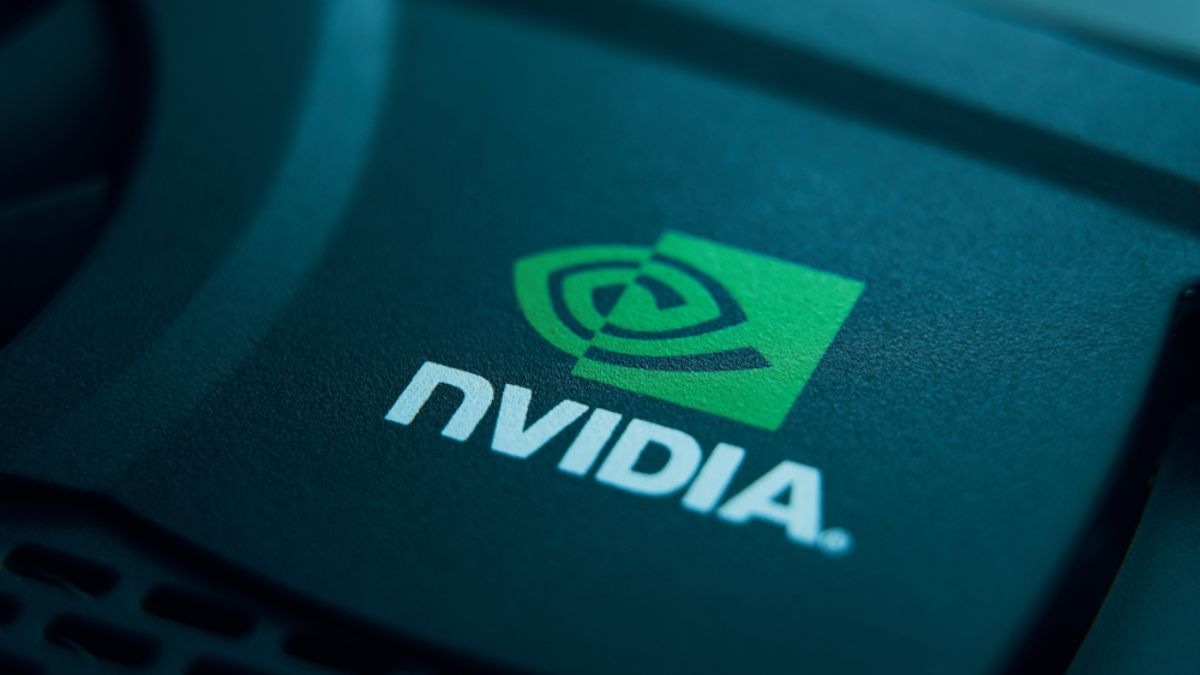
Advertisement
Nvidia delivered better-than-expected results for its second quarter on Wednesday, but investors focused on softer data center sales and uncertainty in China. The stock slipped about 1% after Thursday’s open, trading at $180.14 by 9:37 a.m. ET.
For the quarter ending July 31, Nvidia reported adjusted earnings of $1.04 per share on revenue of $46.7 billion. Both figures topped expectations of $1.01 per share on $46.1 billion in revenue.
The data center division, Nvidia’s biggest business and the engine of the AI boom, saw sales surge 56% to $41.1 billion. That was still slightly below forecasts of $41.34 billion, with restrictions on H20 chip sales to China weighing on results. The company confirmed it had no H20 sales to Chinese customers in the quarter.
Nvidia was barred in April from selling the H20 in China under new U.S. rules. It only received approval to resume shipments in late July. Even so, CFO Colette Kress said the company has not yet shipped any chips despite some customers receiving licenses.
The outlook for China remains uncertain. Beijing has been pushing domestic chip alternatives while raising concerns over security risks from Nvidia products. Kress noted Nvidia has not received clarity on whether the U.S. government will take 15% of revenue from China H20 sales, as suggested by officials last week.
For the current quarter, Nvidia guided for $54 billion in revenue, plus or minus 2%, ahead of estimates of $52.8 billion. Importantly, this guidance excludes any H20 sales to China, leaving potential upside if shipments eventually resume.
Analysts were split. Piper Sandler praised the $54 billion forecast, calling it impressive given the absence of China revenue. Jefferies said demand signals remain “rock solid,” with Nvidia’s Hopper and upcoming Blackwell chips sold out across the board. They expect earnings to climb above $7 per share next year, and over $8 by 2027.
Wolfe Research, meanwhile, called guidance “a touch low” versus elevated Wall Street expectations but said Nvidia’s Blackwell line is still on track to be the company’s next growth driver.
CEO Jensen Huang emphasized the size of the China market, estimating it could represent $50 billion in opportunity if Nvidia can stay competitive there. He also hinted at the possibility of introducing the Blackwell line in China.
Still, questions remain. A recent MIT report raised doubts about the profitability of AI applications, fueling concerns that spending on data center infrastructure may cool. Huang pushed back, arguing that “hyperscalers” will keep investing heavily to power AI, ensuring long-term demand.
Nvidia remains at the center of the AI investment wave, but Thursday’s pullback shows investors are growing cautious about geopolitical risks and the durability of the AI boom.
